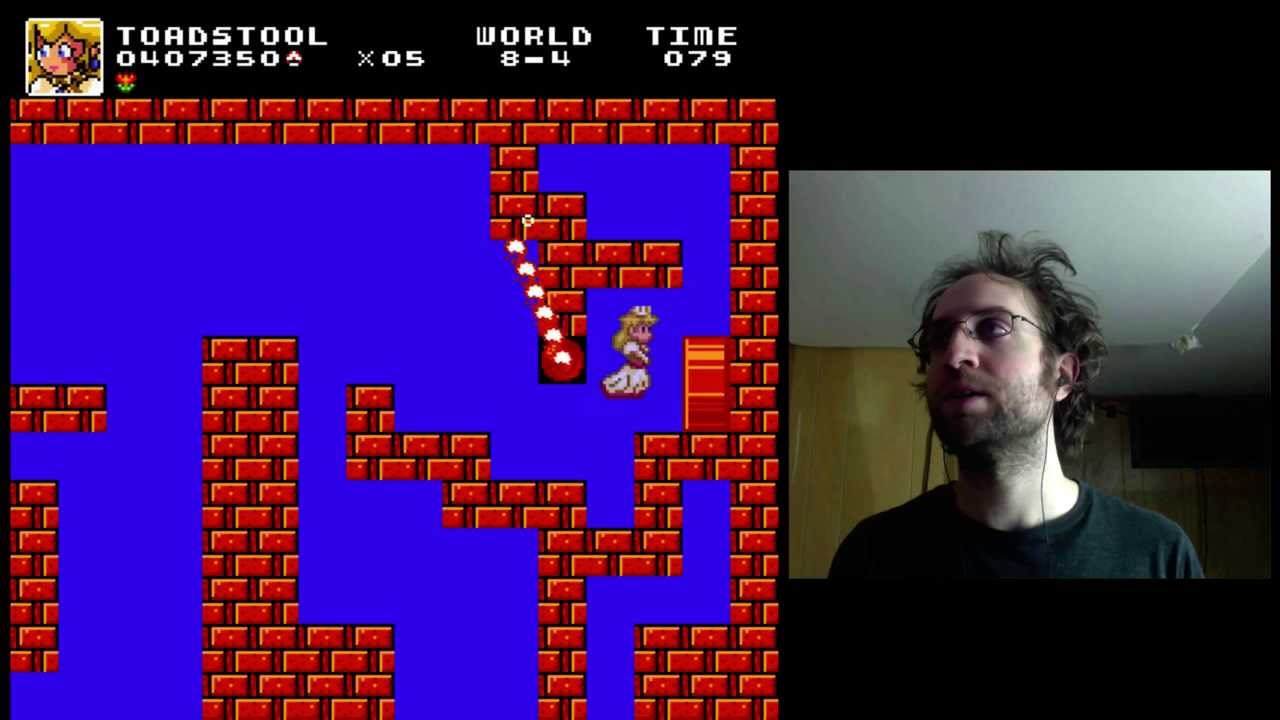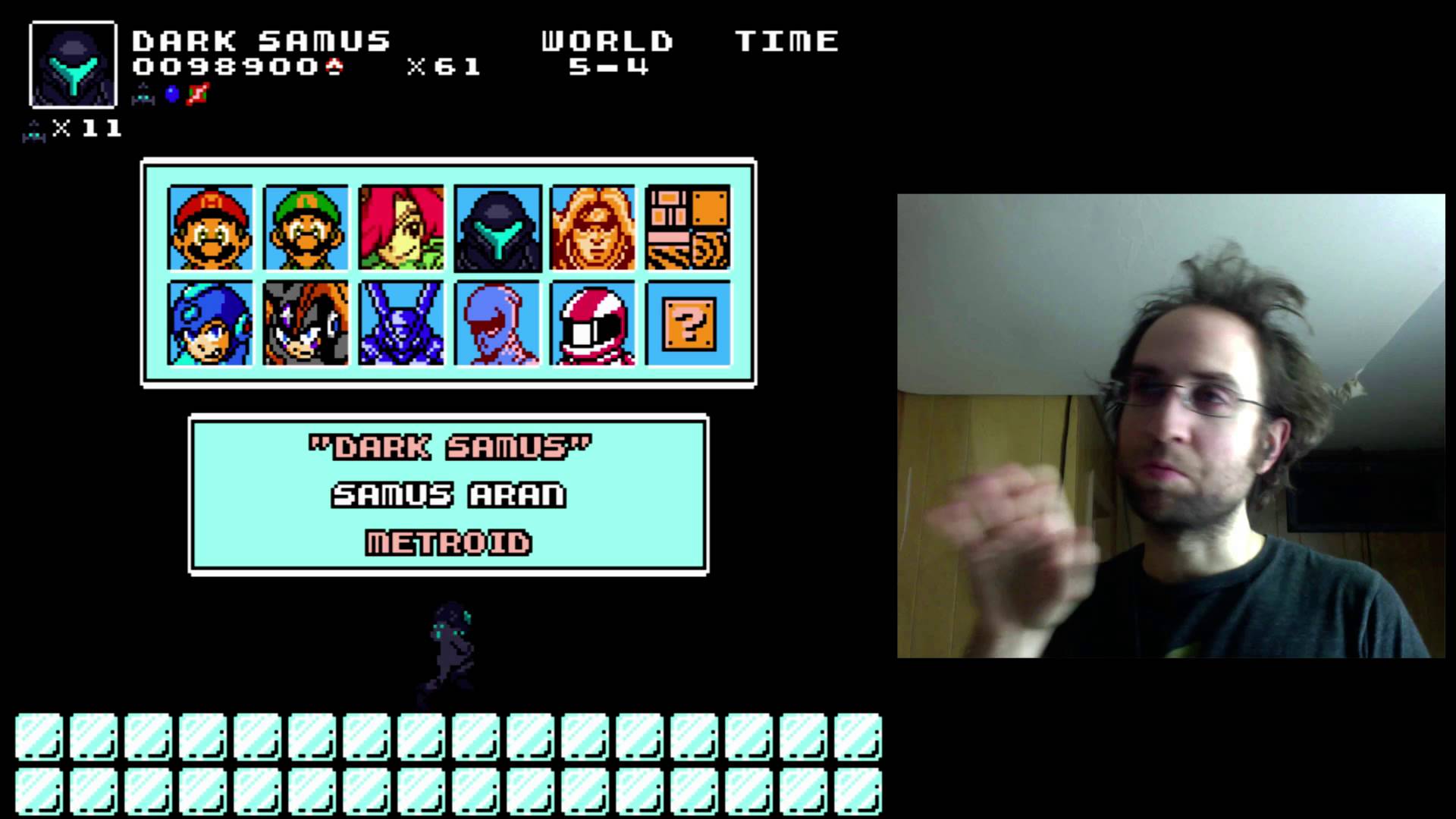The last month of development on Glitch Strikers is the best month the game has ever seen. I’ve made two huge advancements with the project, and I am more confident than ever that not only will the game get done; it will be great.
You can watch the video above for an in-depth discussion or read below for a summary.
A New Beautiful, Clean Codebase
I rewrote all the code for the game in a much cleaner, scalable, and maintainable way. I’m very close to being done with the refresh; all I have left to do is the attack system and sound effects. If you’re not a programmer, this may not sound like a big deal, but trust me; it is a huge deal, and it accounts for about 75% of my confidence boost for the project.
I had been working with more or less the same codebase for four and a half years, and I accumulated a lot of technical debt, especially in the months leading up to the trailer. In transitioning to the final iteration of the game, I was getting bogged down, so I decided to start fresh and apply everything I’ve learned since starting the project.
If programmers are curious, I’ve rewritten everything using dependency injection and reactive programming as a foundation. I’m also now using C# 6, which just became available in the most recent Unity beta.
A Game Design Epiphany
Throughout the development of this project, we never had a design that felt “perfect”. There aren’t many games that let you switch between characters that are very different because it’s hard to make every part of the game fun and challenging for each character. The more different the characters, the harder it becomes.
We solved the character switching problem right before the project was put on hold, and I never implemented the solution because I couldn’t figure out how to fit it in with the rest of the game.
Then… last month, an answer struck me like a bolt of lightning, and everything made sense. It’s a very simple idea, but you probably won’t recognize it unless it’s directly pointed out. I’m taking a well known game formula and tweaking it. The best thing about it is that the game is now unique. Once people see these mechanics working together, they will no longer say Glitch Strikers is unoriginal.
This epiphany also gives me a very clear way to make a non-episodic game. We will instead make a small game based on this formula. Instead of episodes, we can do sequels, and backers will get sequels for free because you deserve the world for what you’ve been through.
Next Milestone? Beat the game.
In all this time, we’ve never actually had a “game.” By that, I mean we had gameplay and some fragments of levels, but we never had a game that could be played from start to finish. That’s where I’m headed next.
I don’t mean the next step is finishing the game. To put it simply, we have a diagram for the flow of the entire game, from title screen to credits. Currently you can start on any level, but there’s no beginning or end. So this next step is turning it into a beatable game. Once we have that, it’s just a matter of filling in content, and we can also start thinking about early access and private betas.
I plan on posting again after I reach the beatable game milestone. See you then!






